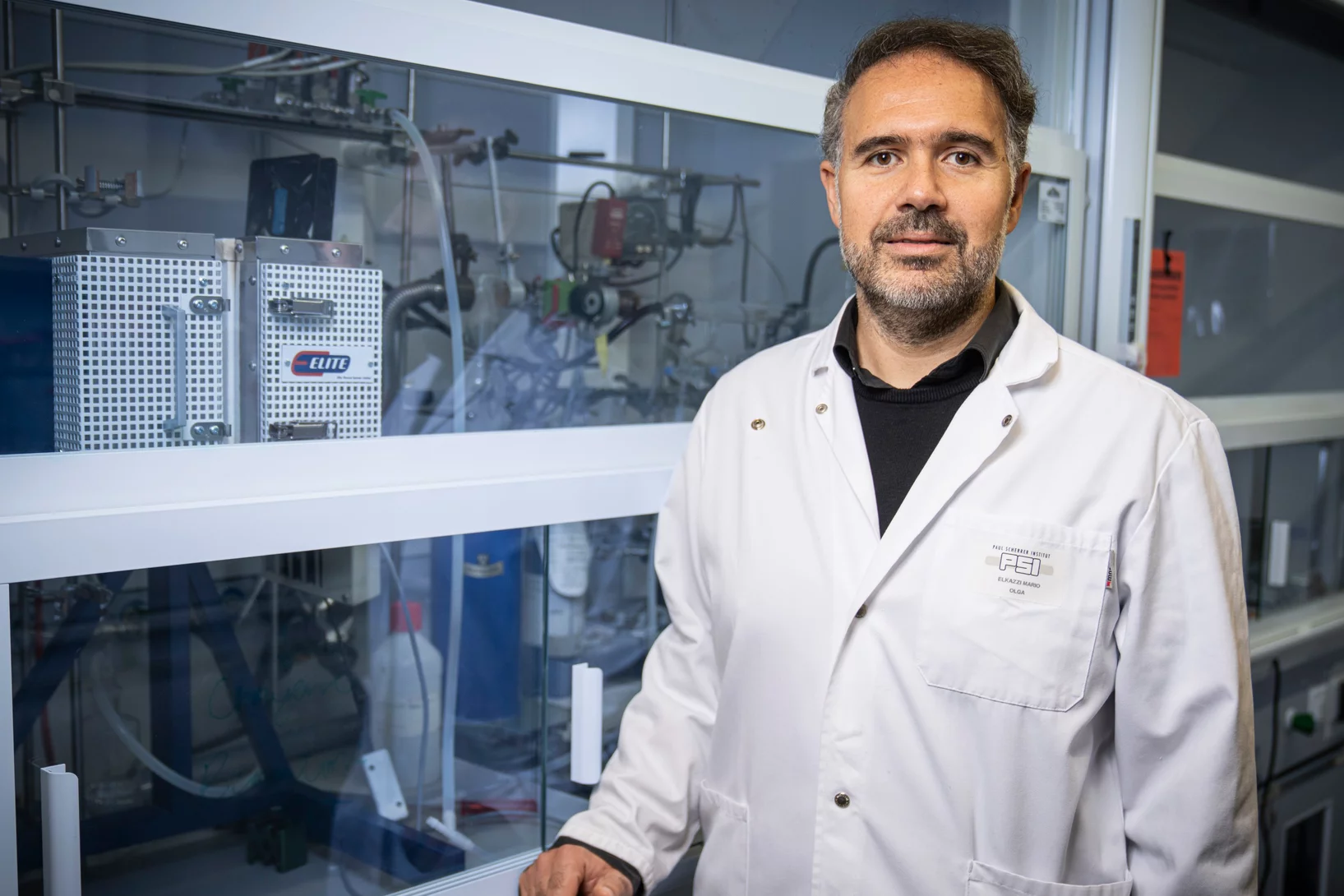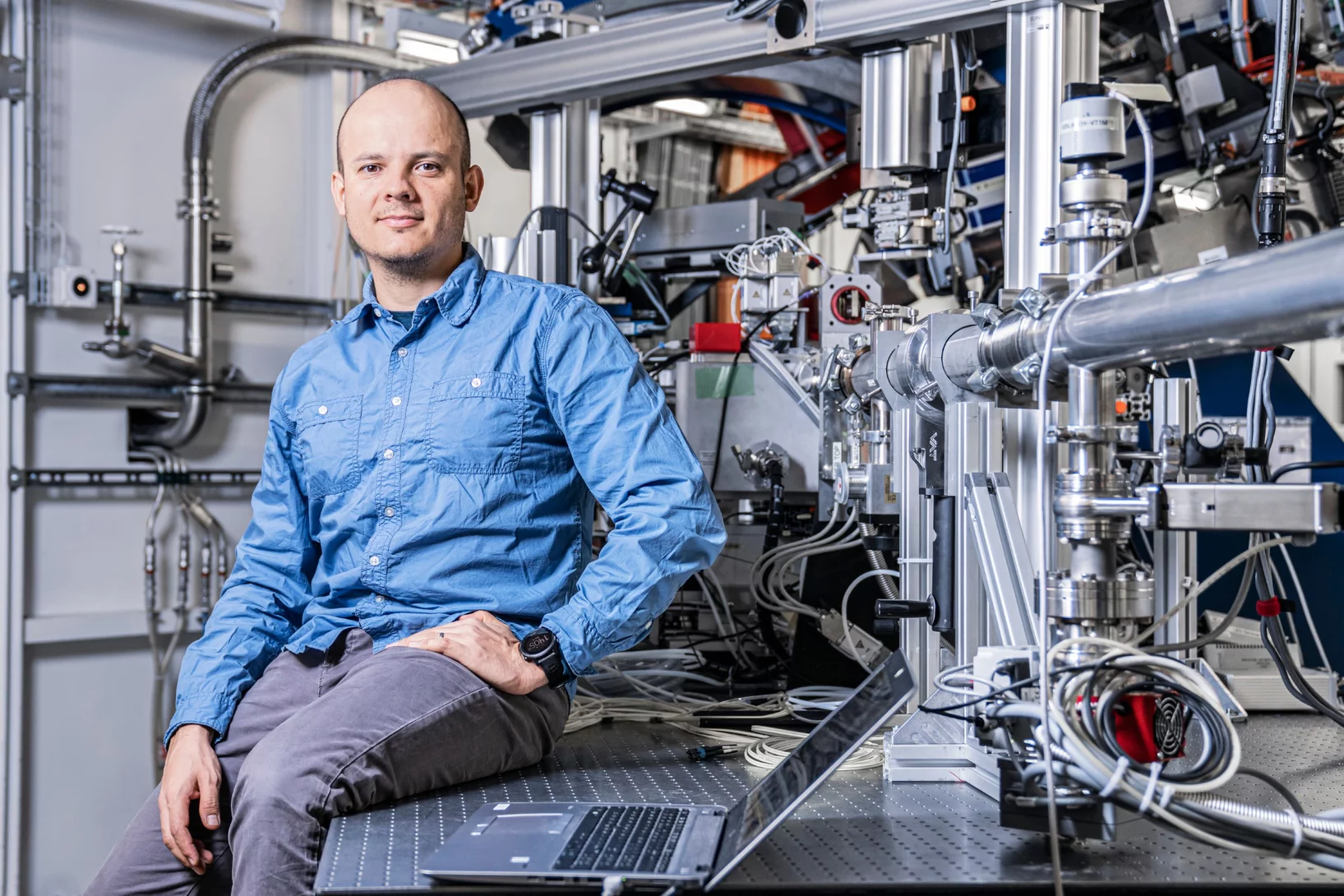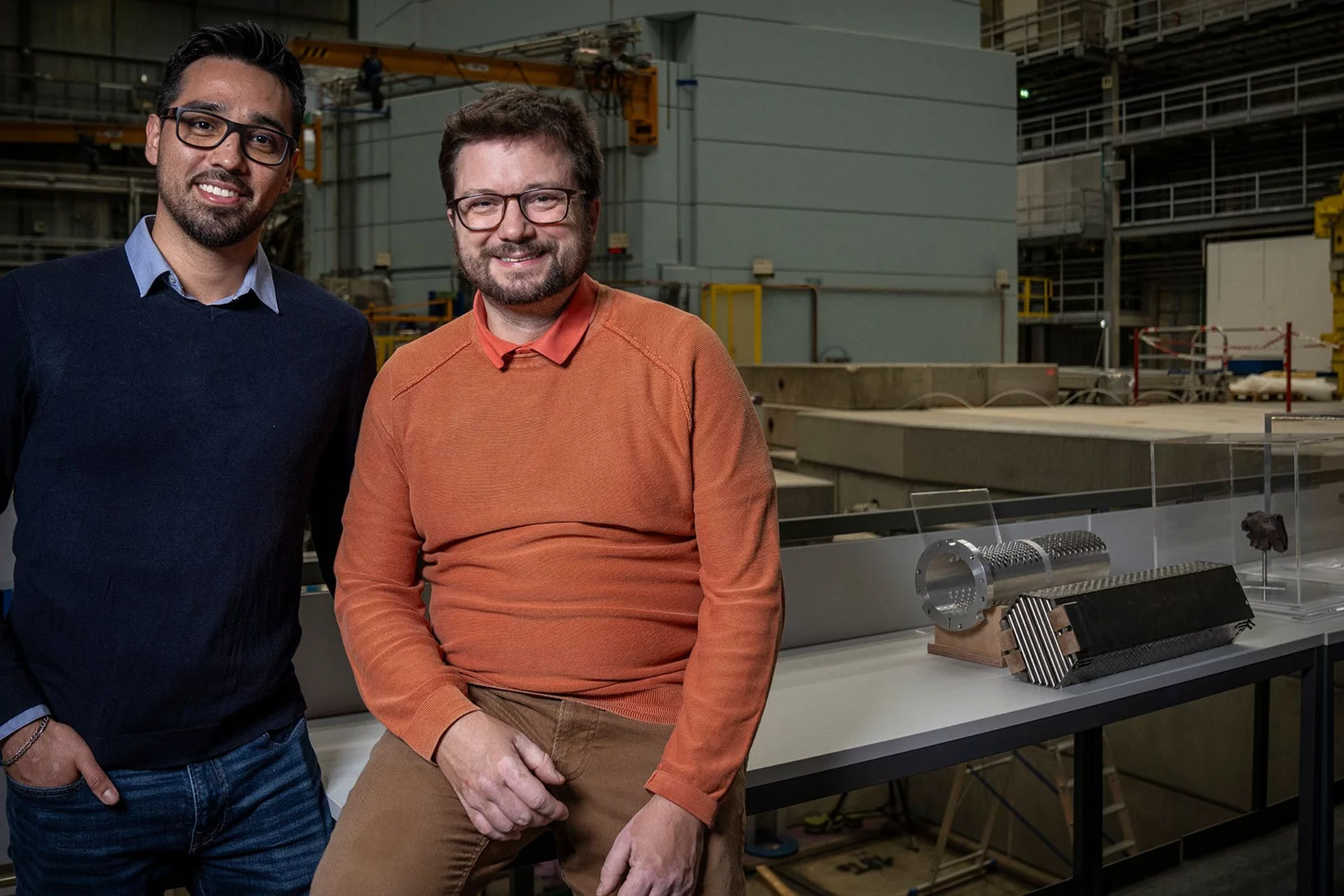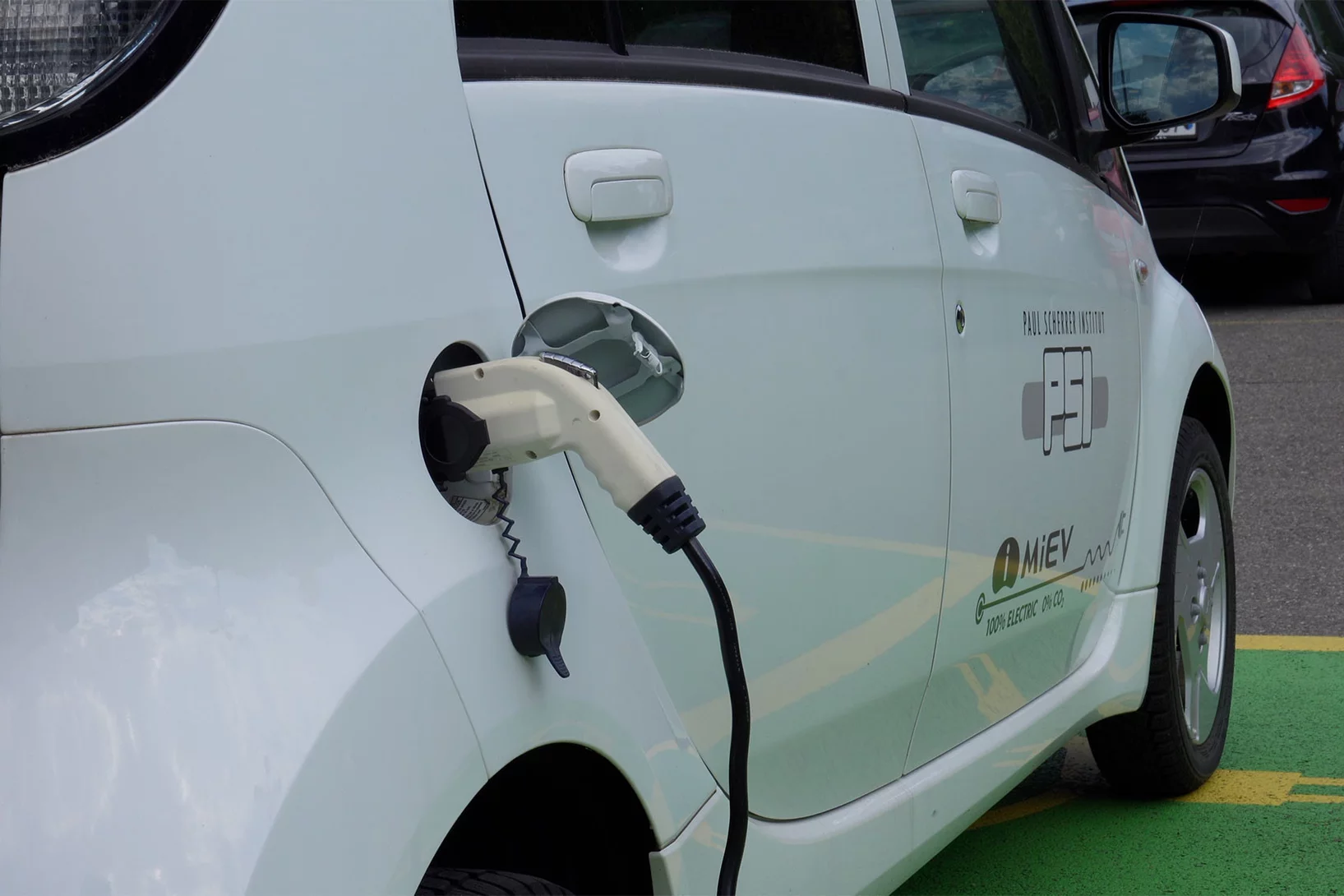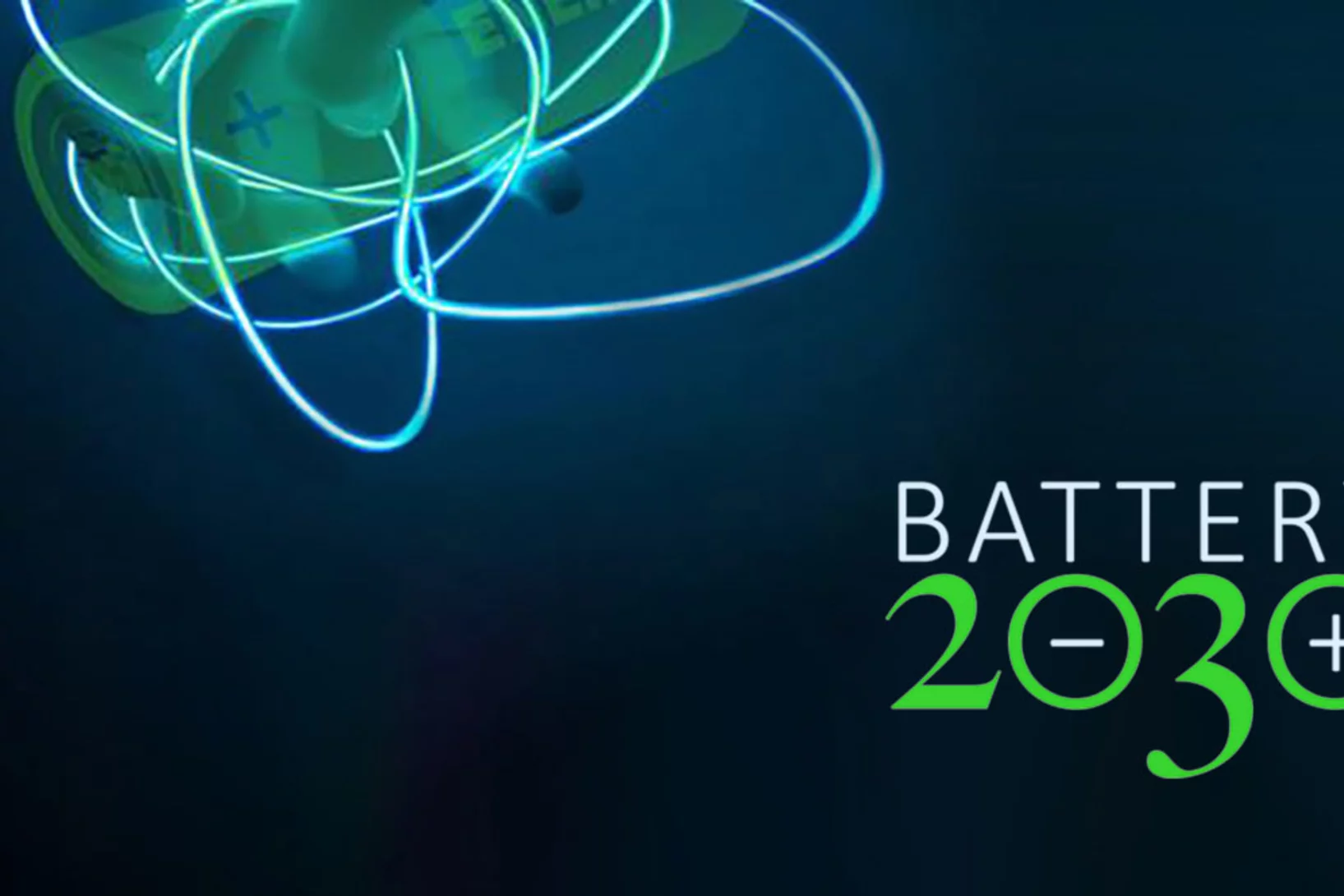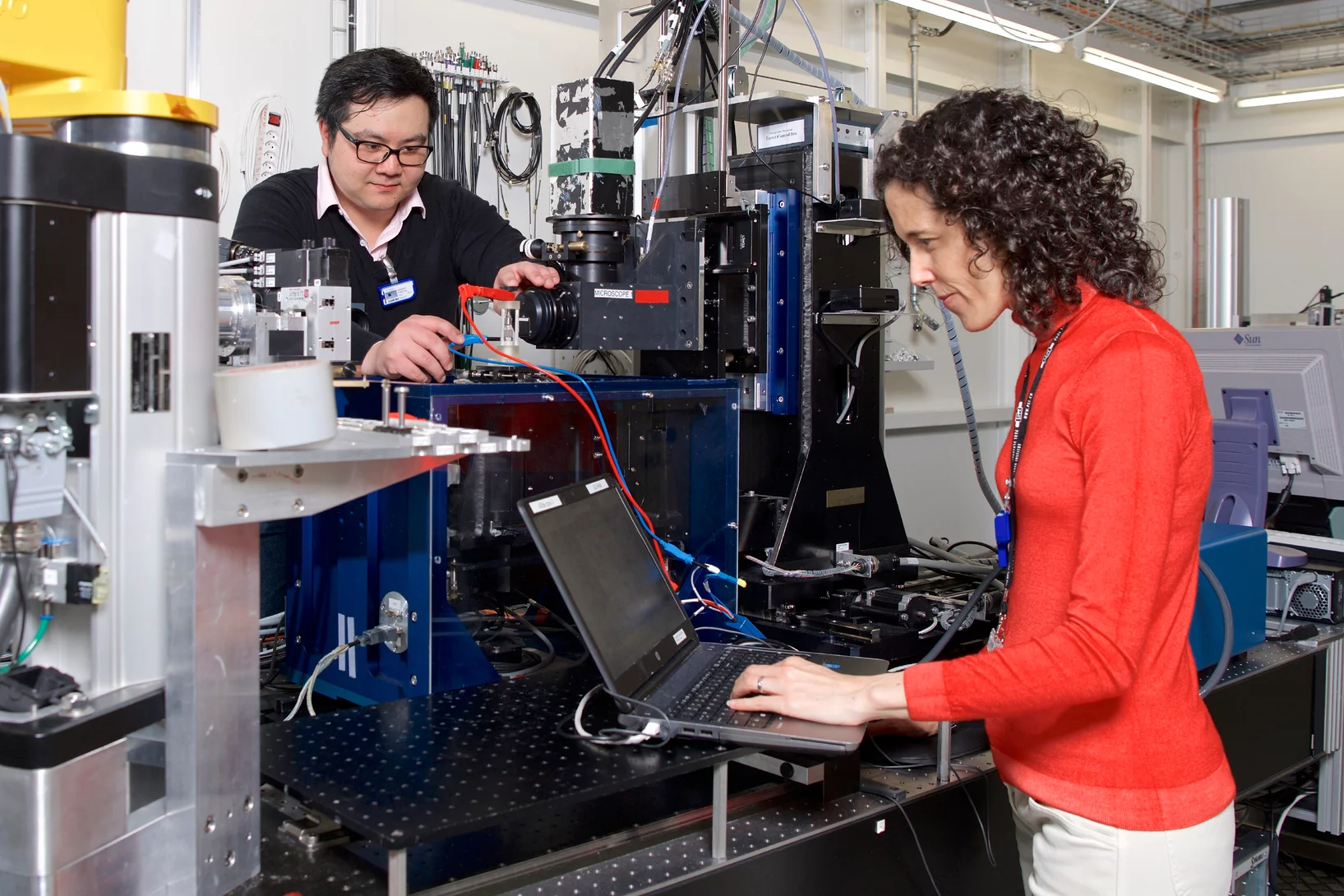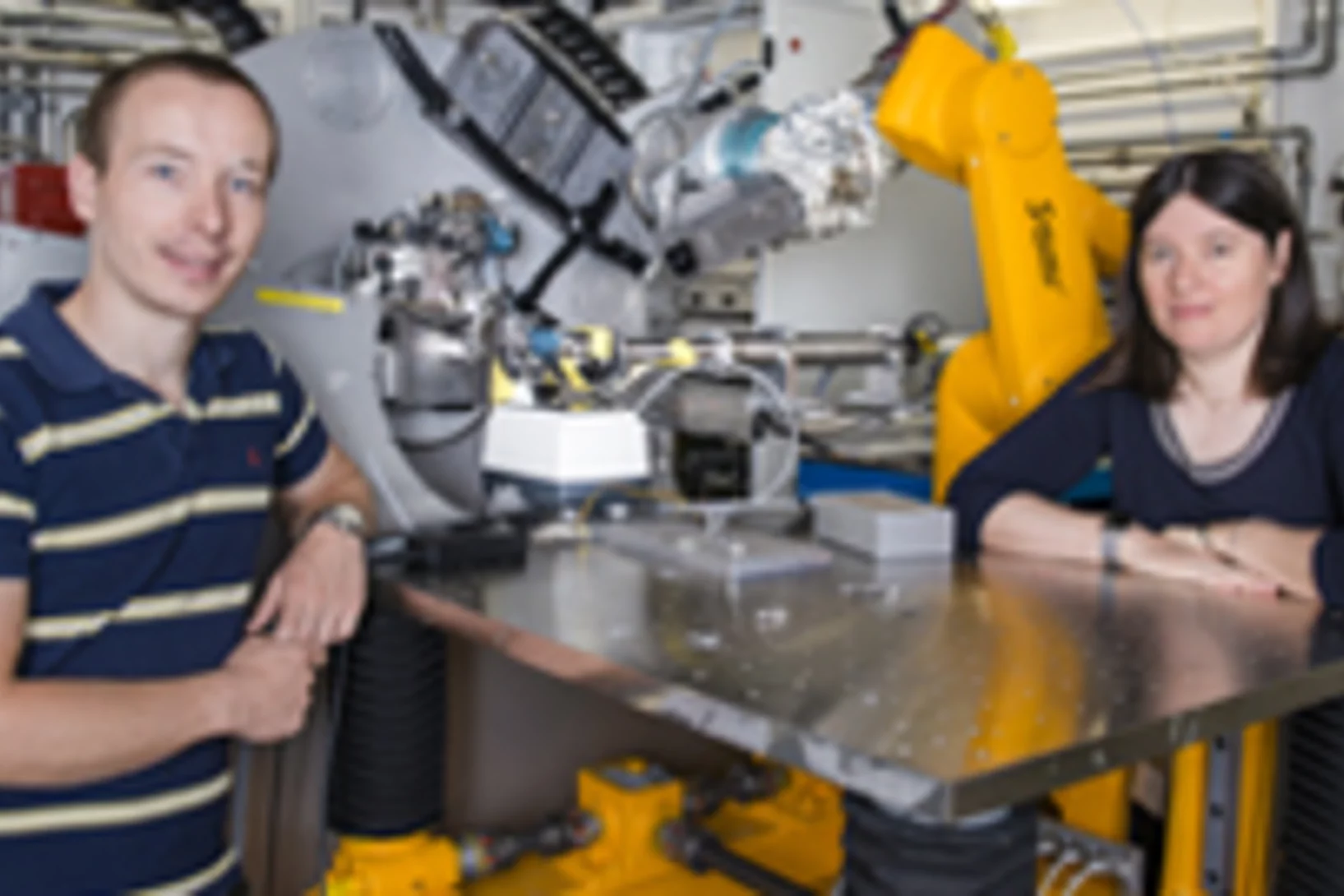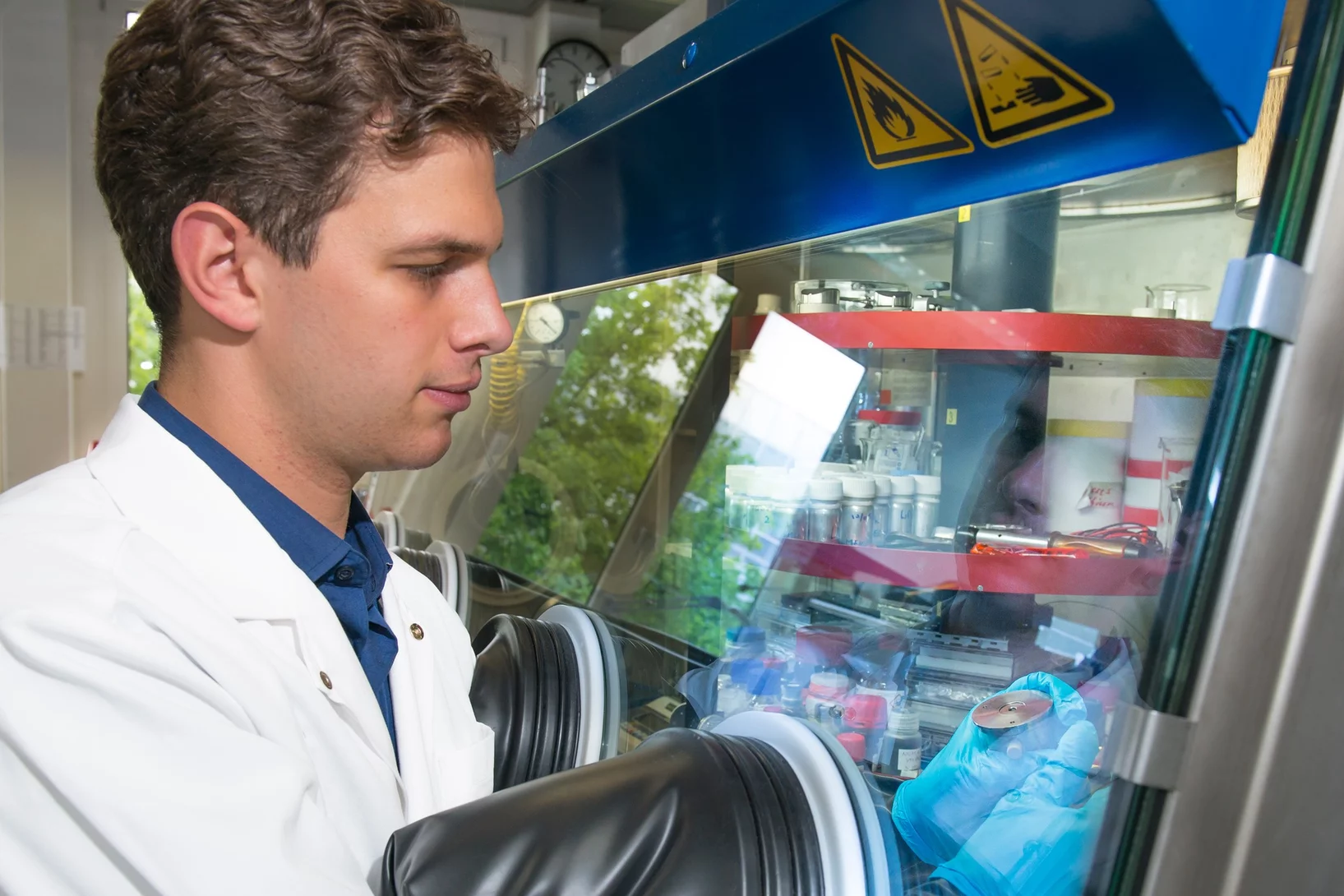Batteries
Sarbajit Banerjee wins Royal Society of Chemistry’s Centenary Prize
ETH Zürich and the Paul Scherrer Institut PSI scientist Professor Sarbajit Banerjee has been named winner of the Royal Society of Chemistry’s Centenary Prize in recognition of brilliance in research and innovation.
New protective coating can improve battery performance
Increasing the energy density of lithium-ion batteries – a sustainable method for cathode surface coating developed at PSI makes it possible.
iLab and Synfuels at the Energy Days! at the Swiss Museum of Transport
October 18, 19, and 20, 2024
The iLab from the Paul Scherrer Institute will be part of the Energy Days with exciting workshops. Discover how we can store renewable energy using innovative technologies like Power-to-Gas and drive the energy transition forward.
Making powerful lithium-air batteries suitable for everyday use
Chemical processes in lithium-air batteries revealed using neutron beams and synchrotron light.
Better batteries for electric cars
PSI researchers make physical and chemical changes in batteries visible.
How can cobalt be reduced in EV batteries?
The electrification of transport is increasing. This means, more batteries are needed. However, some of these batteries contain an extremely problematic raw material: cobalt. PSI is researching alternatives.
BATTERY 2030+ – large-scale European initiative for battery research starts up
Future batteries need to store more energy, have longer life, and be safer and more environmentally friendly than today's batteries. The European initiative BATTERY 2030+, in which PSI is participating, is intended to help achieve these goals.
Observing solid-state batteries during deformation
PSI researchers have observed mechanical processes in solid-state batteries with unprecedented precision. Using X-ray tomography at the Swiss Light Source SLS, they discovered how fissures inside the batteries propagate. These insights can help to make batteries for electric cars or smartphones safer and more efficient.
The key to charging a lithium-ion battery rapidly
Lithium iron phosphate batteries are very durable and can be charged relatively quickly. Researchers from the Paul Scherrer Institute (PSI), ETH Zurich and Japanese car manufacturer Toyota reveal the reasons for these properties in a new study. The findings were made possible thanks to measurements using a new method at the Swiss Light Source (SLS) at PSI.
From amateur firework-maker to battery researcher
Portrait of PSI doctoral student Patrick Lanz
Patrick Lanz already discovered a fascination with the world of science and technology during his school days. As an electrical engineer, his father had a decent selection of electronics sets for him to tinker with. However, the young Patrick did not merely content himself with remote-controlled cars. He set about systematically disassembling his toys in a quest to find out how they worked. Later, Lanz also began opening small batteries because he wanted to understand “what went on inside” – probably the first step on the path to his present role as a battery researcher.


